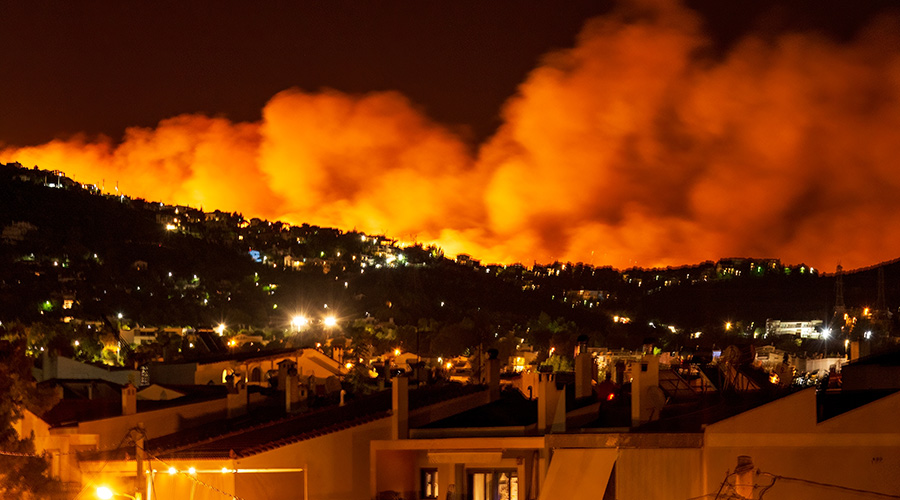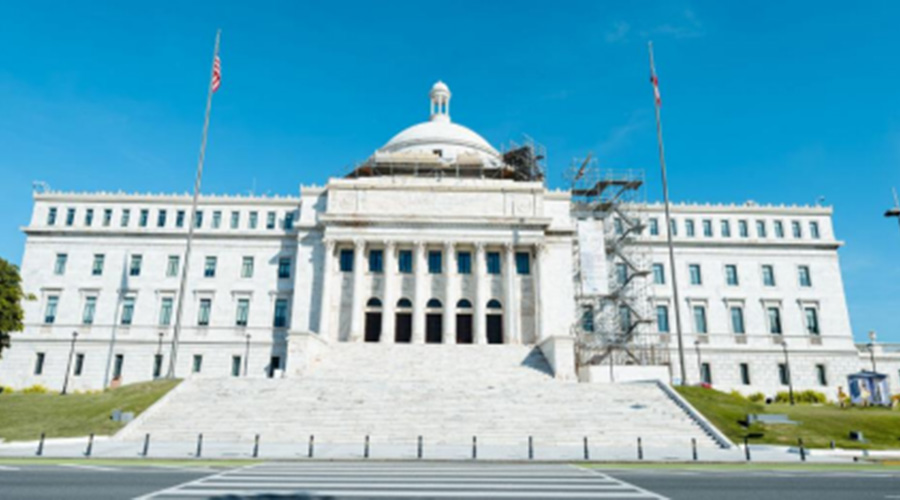
Road to Recovery: Los Angeles Schools Rebuild After Fires
Architect says districts should focus on using more fire-resistant materials and keeping foliage away from structures to help prevent spread of fires. February 6, 2025
By Dave Lubach, Executive Editor
About 30 people died and thousands of homes and businesses were destroyed in the California wildfires in early January, burning thousands of acres and causing a staggering $50 billion in damages to the local economy.
While the loss of life and property damage is incalculable, the next step in the recovery process is taking steps to ensure that when the next fires sweep through the state – and no doubt they will – structures are better protected from the elements.
“I mean, the Santa Ana winds happen all the time, but not at 100 miles an hour,” says Bob Lavey, a managing partner at PBK, an architecture firm that works with K-12 school districts across the country to help them prepare buildings to withstand extreme weather events and natural disasters. “That was what was so different. The severity of the winds and then the duration in certain areas.”
Despite the ferociousness of the fires, Lavey says nobody was injured or killed on a school site, remarkable considering that not all school buildings are positioned to overcome the fierce winds that accompanied this fire period.
Lavey says that Los Angeles had 22 schools affected by the fires. So many schools being damaged has led Lavey to believe that the rebuilding process – or retrofitting stages if schools survived the fires with little or no need for rebuilding or repairs – will include an emphasis on using more fire-resistant materials this time.
“We do both new construction and renovation projects for districts, but there hasn’t been in the past much of a focus on hardening buildings that are existing to protect them better from fires,” he says. “But I anticipate that’s going to change.”
Another important aspect of keeping schools – and all buildings really, regardless of whether they are institutional, commercial or residential – is site design.
“If you’re in a high-wind area and a fire zone, pay attention to the site planning and providing some defensible space around the buildings,” Lavey says. “Select materials that are fire-resistant and don’t catch on fire.”
Another way to help prevent the spread of fire is a landscape management program that keeps brush away from structures. He suggests keeping brush or trees at least 30 feet away from structures and using noncombustible matter to separate vegetation from buildings.
“You see the images, for example, and it’s house, house, house all burned, and then there’s one standing, and that one that’s standing is surrounded by concrete,” Lavey says.
As in many instances, it often takes a tragedy for change to take place. And as school districts and other facilities begin the road to recovery, Lavey anticipates that will be the case in Los Angeles.
The process was already unfolding in California before the fires, as state funding is pouring almost $60 billion into districts for renovating and expanding schools. Those projects also must include fire protection plans. Other recovery plans will certainly include focusing on cleaning air supply systems to improve indoor air quality.
“I think all those things are connecting the dots, to where even if they weren’t going to update their plan, now they probably are,” Lavey says. “Because they’ve seen what happens in these fires when they burn out of control like that.”
Dave Lubach is executive editor of the facilities market.
Next
Read next on FacilitiesNet












